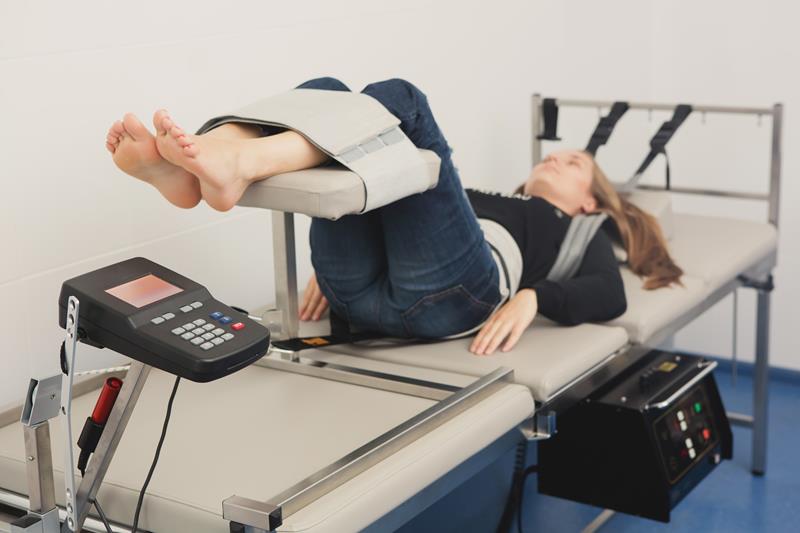Spine surgery offers relief from chronic back or nerve pain, but recovery requires more than a successful procedure. The return to daily activities and improved mobility depends on a structured rehabilitation plan. Physical therapy becomes a vital part of this process, guiding patients through movement and strength rebuilding.
Though rest is necessary in the early days following surgery, too much inactivity can delay progress. Under professional supervision, movement begins gradually. Gentle walking and posture support exercises are often introduced within days of the procedure, depending on the type of surgery performed.
Regaining Movement
One of the first goals of physical therapy is restoring basic range of motion. Surgery can leave surrounding muscles stiff, especially if movement was limited before the procedure. Guided stretching and controlled exercises help reduce muscle tension and improve joint function. The therapy plan is customized based on the patient’s condition and the area of the spine treated. Lumbar, thoracic, and cervical procedures each affect different movement patterns, and exercises are adjusted to reflect those differences. A consistent routine improves flexibility and prepares the body for more advanced strengthening.
Building Strength
Core and back muscles support the spine, and weakness in these areas can lead to future problems. Physical therapy introduces targeted strength exercises designed to reinforce these muscle groups without adding pressure to healing tissues. Gradual resistance training, under supervision, allows patients to gain strength without risking injury.
As strength improves, posture and stability improve as well. A strong core reduces strain on the spine and supports better movement during everyday activities. This makes long-term recovery more stable and can reduce the likelihood of repeat issues.
Pain after spine surgery is common, but physical therapy plays a key role in managing it. Movement encourages blood flow, which helps reduce inflammation and speeds up healing. Therapists also guide patients on body mechanics to prevent flare-ups during routine tasks like walking, lifting, or bending.
In some cases, physical therapy includes methods such as manual therapy, heat therapy, or neuromuscular reeducation. These techniques help reduce muscle tightness and improve circulation. Over time, patients often find that therapy sessions result in lower pain levels and increased comfort during daily routines.
Preventing Setbacks
Recovery does not follow the same path for every patient. Without guidance, it is easy to push too hard or too little. Physical therapists monitor recovery milestones and adjust exercises accordingly. This close observation reduces the risk of overuse injuries or prolonged inactivity.
Therapists also educate patients on avoiding habits that might cause re-injury. Movements that seem harmless like sitting in one position too long can place stress on the spine during early recovery. Regular sessions help identify and correct these behaviors.
Encouraging Confidence
Patients recovering from spine surgery often feel unsure about their physical abilities. Fear of pain or further injury can limit progress. Physical therapy creates a structured environment where movement is safe, measurable, and encouraged. Each milestone, no matter how small, builds momentum. Patients gradually return to walking, working, and recreational activities with greater confidence in their bodies. Therapy becomes more than a set of exercises—it supports emotional recovery as well.
Move Forward After Spine Surgery
Physical therapy after spine surgery is not limited to short-term goals. Many patients continue therapy or integrate their routines into daily life for continued health. A strong spine supported by balanced movement patterns can reduce the chance of future surgeries. Maintaining strength and flexibility helps patients stay active, avoid setbacks, and improve their quality of life. With proper guidance, the outcomes of spine surgery are not only lasting but life-changing.





Leave a Reply